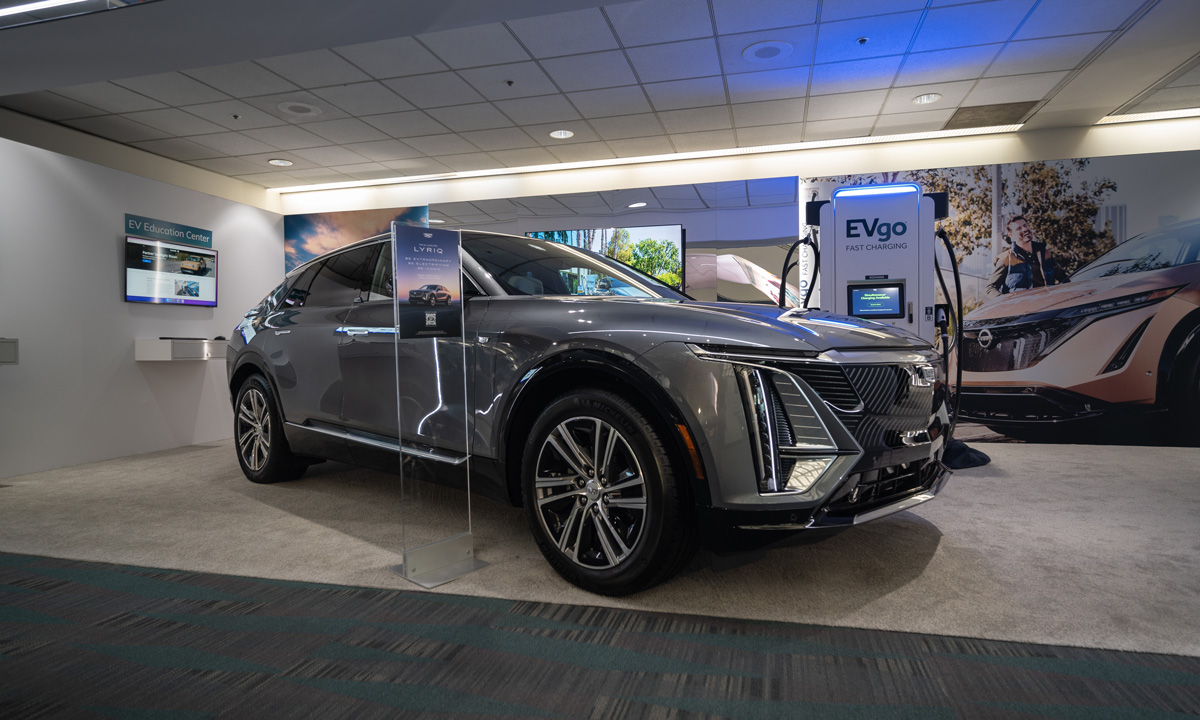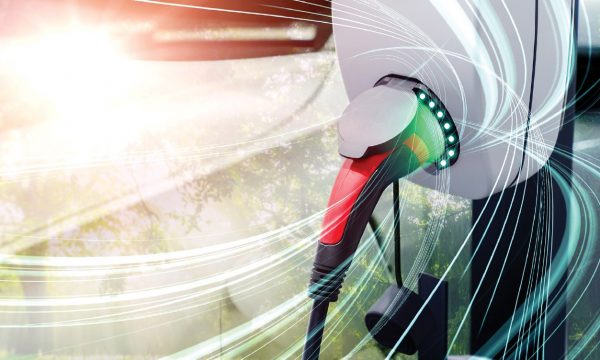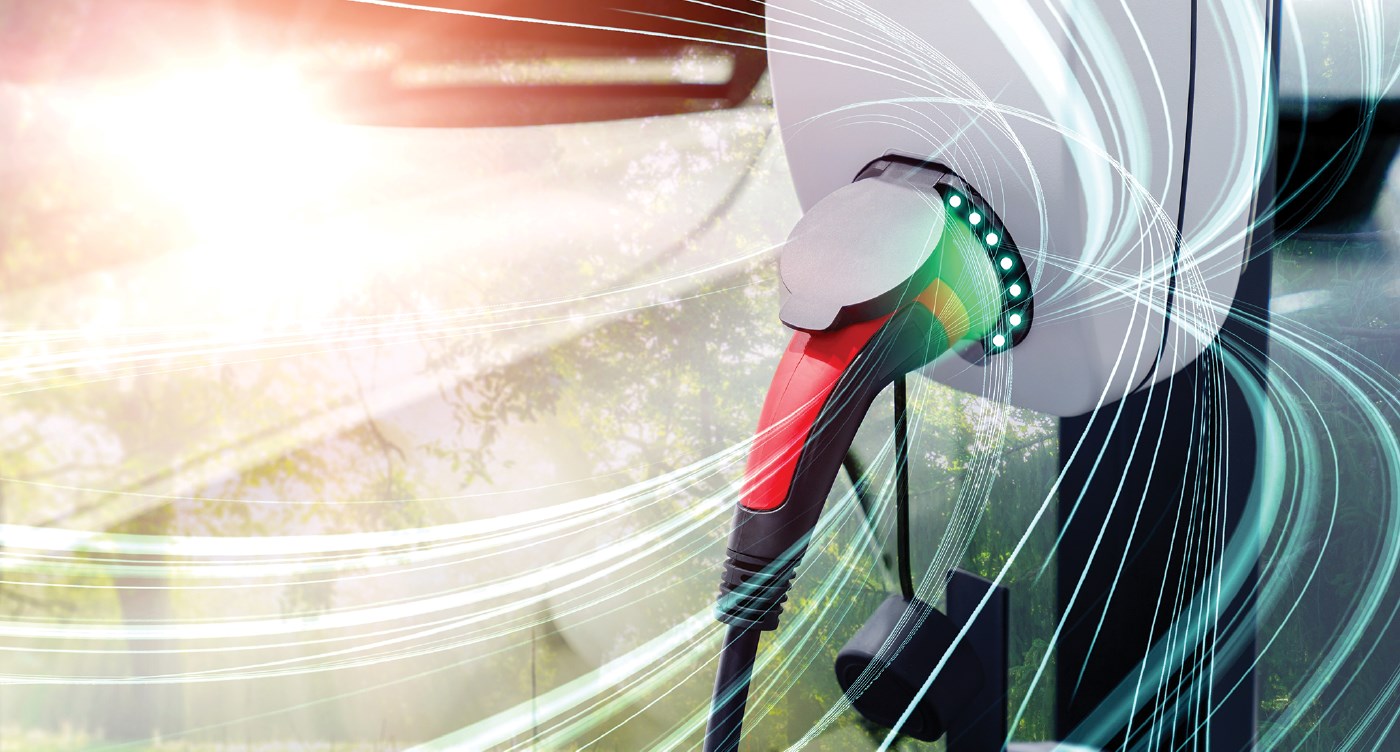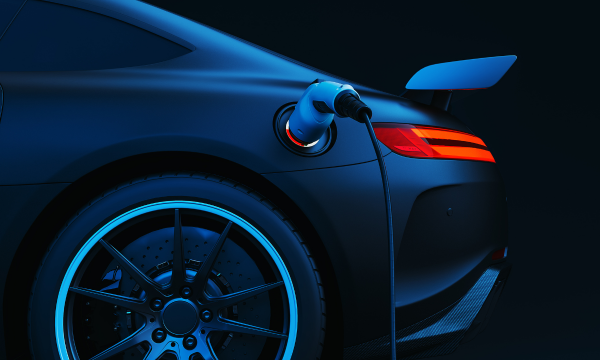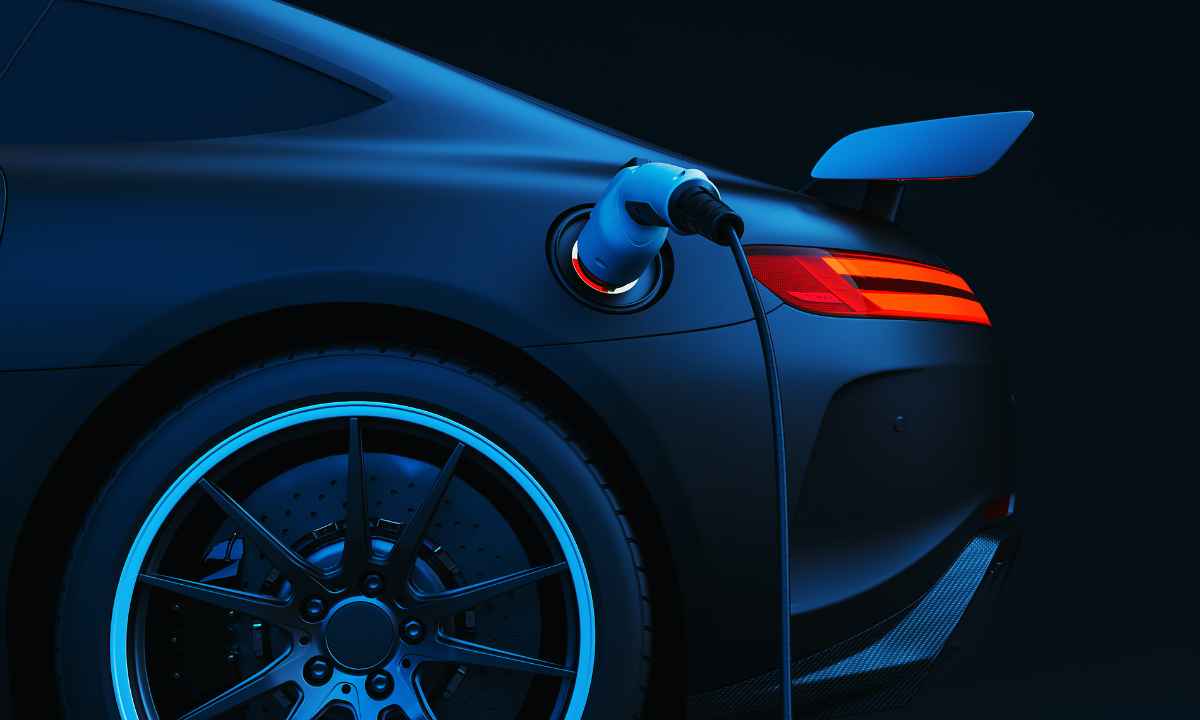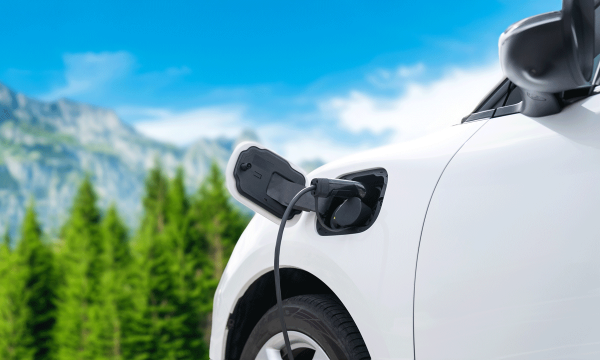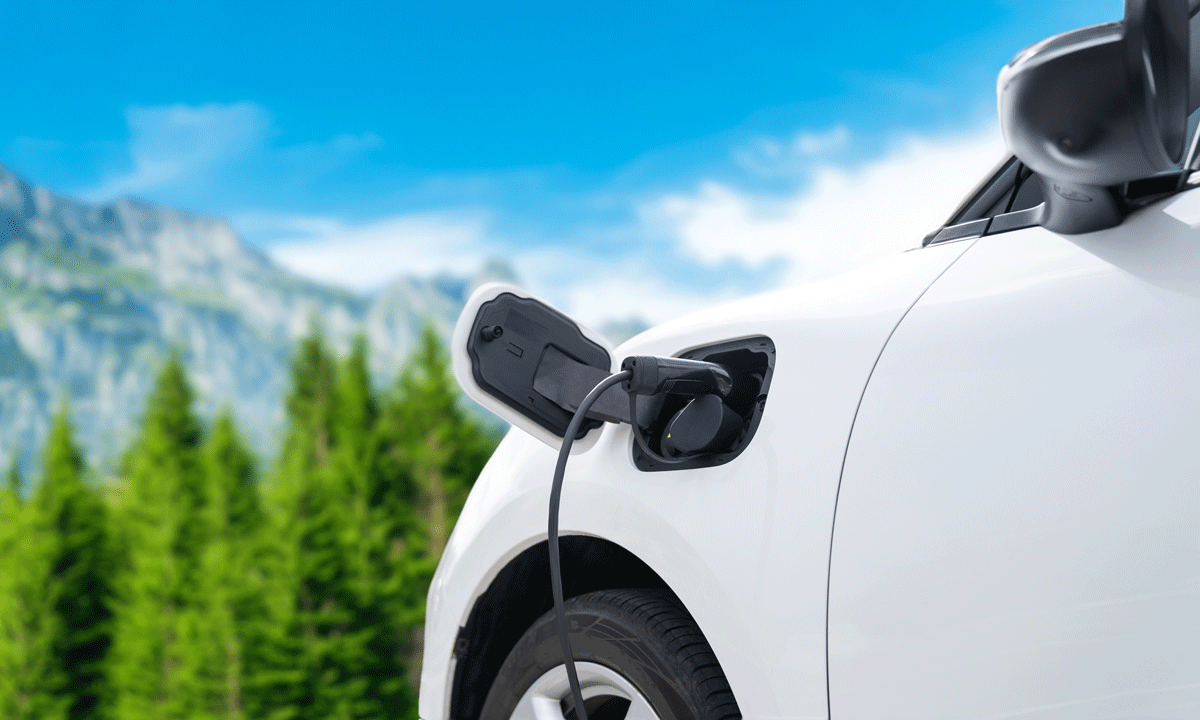Despite continuing challenges, there are encouraging indicators for the coming year
As we move into the initial months of 2023, the auto sector continues to face significant supply chain issues which, in turn, have impacted inventory on many new car dealers’ lots across the country. Despite these challenges, we are buoyed with a sense of optimism about the year ahead.
How 2023 unfolds will be largely dependent on whether or to what extent lingering difficulties subside, but there are trends that we can expect to continue and emerge—both from an OEM and dealership perspective—that will shape our sector over the next several months.
Zero-emission vehicle (ZEV) adoption has continued to gain a stronger share of the light vehicle market in recent years, particularly in provinces such as British Columbia where the NCDA is honoured to administer the CleanBC Go Electric Rebate Program on behalf of the province. During the first eight months of 2022, more than 10,000 rebate applications were submitted by consumers in this province and the ZEV share of the light vehicle market reached 14.6 per cent. Today, there are more than 80,000 zero emission vehicles on BC highways.
This positive trend will continue and as supply chain issues subside, we fully anticipate there will be a corresponding surge in ZEV sales, especially in electric pickup trucks, which are the preferred mode of transportation for many British Columbians, and a requirement for many who may live or work in resource communities.
To meet ambitious zero emission vehicle targets at the federal and provincial level, automakers will need to address sustainability in their supply chains and business operations now and in the future. The experiences of the past few years have demonstrated the need for automakers to monitor and trace every aspect of their supply chains, from materials sourcing to manufacturing to recycling.
As automakers continue to integrate more digital technology into their vehicles, there is increasing competition to develop software and digital and electronic operating systems to power and control new, innovative zero-emission vehicles. Drivers increasingly want a safe, comfortable, and convenient multimedia experience and there will be continuing pressure to deliver.
As vehicle supply continues to recover, consumers will have more choice, which could mean more competition. Dealerships will continue to place a focus on what sets them apart in the market, which means increasingly providing a seamless experience for consumers whether they shop online, in-store or both. Central to this priority will be the development of skills and capabilities through strategic partnerships or in-house talent—to build and maintain technologies that offer seamless experiences.
The past three years have been bumpy for the automobile sector and it’s safe to suggest, if there’s one collective wish we all share, it’s for a smoother ride in the months ahead.
